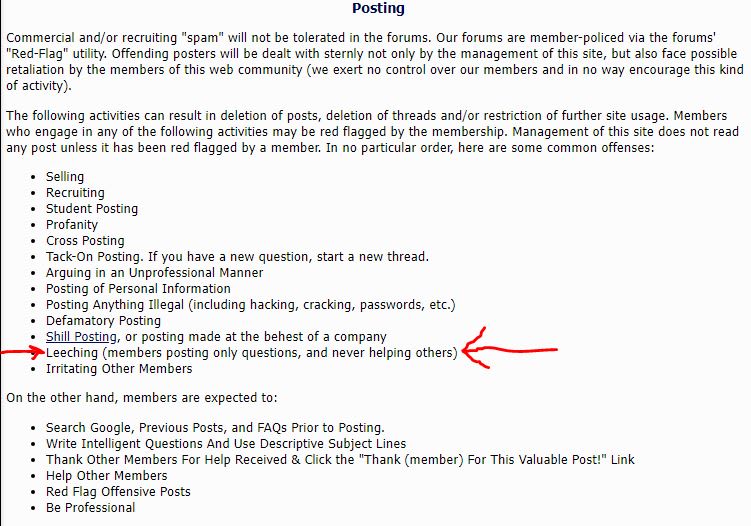Have a project with some wide gables (62/0 & 57/0). It's a commercial project.
Normally I would just draw a dropped gable truss and call it done. At least in a situation where there are no attic spaces that require insulating and/or have windows in them.
But as I think through a smaller gable that has a large window it has me thinking about stick framing that gable.
And that got me thinking that because of these wide gables it might make sense just to do the same detail for all the gables while we're at.
Part of the concern is for some of the areas there MAY be brick at the gables although we are leaning away from that at the moment so kind of trying to hedge my bets and at least think it through for both scenarios.
Would seem to me that having the perpendicular stud backup for the masonry would be much more structurally viable solution for a lot of reasons.
So that got me thinking about why can't the truss fabricator make up gable end wall trusses with the web members (and top and bottom chords?) framed perpendicular to the normal way of doing things? Similar to floor trusses.
Anyone have any experience with gable trusses framed in this manner?
As far as the window gables would be concerned I can see how this could potentially be a coordination nightmare.... but maybe not.
So how do you normally start thinking through some of these concerns
Stick frame all gables?
Stick frame all gables with windows in them?
Stick frame all gables that will have either Brick or stone veneer?
Stick frame all gables of x width?
Stick frame all gables that will be insulated with Batt? What about spray foam?
Normally I would just draw a dropped gable truss and call it done. At least in a situation where there are no attic spaces that require insulating and/or have windows in them.
But as I think through a smaller gable that has a large window it has me thinking about stick framing that gable.
And that got me thinking that because of these wide gables it might make sense just to do the same detail for all the gables while we're at.
Part of the concern is for some of the areas there MAY be brick at the gables although we are leaning away from that at the moment so kind of trying to hedge my bets and at least think it through for both scenarios.
Would seem to me that having the perpendicular stud backup for the masonry would be much more structurally viable solution for a lot of reasons.
So that got me thinking about why can't the truss fabricator make up gable end wall trusses with the web members (and top and bottom chords?) framed perpendicular to the normal way of doing things? Similar to floor trusses.
Anyone have any experience with gable trusses framed in this manner?
As far as the window gables would be concerned I can see how this could potentially be a coordination nightmare.... but maybe not.
So how do you normally start thinking through some of these concerns
Stick frame all gables?
Stick frame all gables with windows in them?
Stick frame all gables that will have either Brick or stone veneer?
Stick frame all gables of x width?
Stick frame all gables that will be insulated with Batt? What about spray foam?

